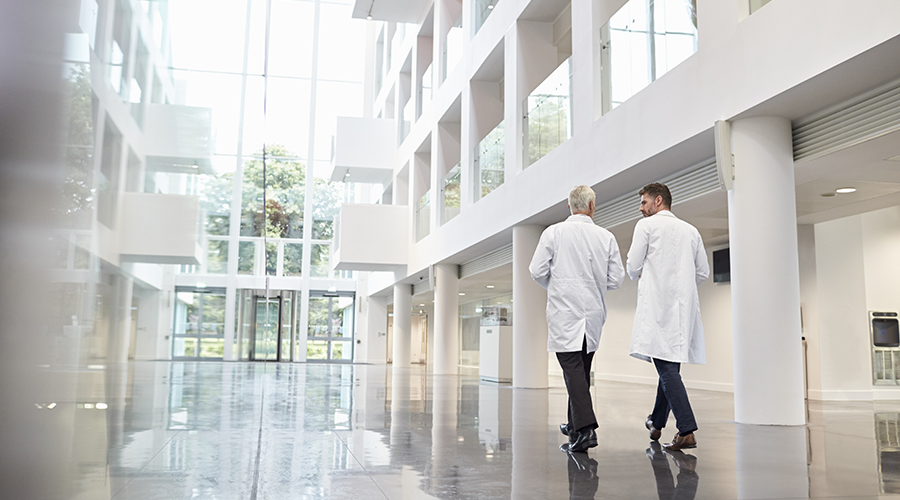Healthcare facilities require a deep understanding of the unique needs and challenges that surround its occupants. When creating new spaces, designers have quickly learned that the building not only needs to be functional, but it also needs to be a space that promotes healing, well-being and inclusivity. By staying informed about the latest advancements in healthcare, designers can contribute to the experience of patients, staff and visitors. Healthcare Facilities Today recently spoke with Megan Koehler, associate principal and operations director at Perkins&Will San Francisco on how designers can continue to shape healthcare facilities by supporting the evolving needs and trends.
HFT: How do you design healthcare facilities to be adaptable to changing healthcare needs and technologies?
Megan Koehler: Adaptability is a key consideration in our healthcare facility designs. We anticipate changing healthcare needs and evolving technologies by creating flexible spaces that can easily accommodate updates and advancements. Modularity in design allows for the reconfiguration of spaces to meet new requirements, and the integration of technology infrastructure supports the seamless adoption of emerging healthcare technologies. By future-proofing our designs, we ensure that healthcare facilities can adapt to evolving trends and remain functional over the long term.
HFT: What sustainable design practices do you incorporate into healthcare facility designs?
Koehler: Sustainability is integral to our design approach, and we incorporate various sustainable practices into healthcare facility designs. This includes the use of energy-efficient lighting, HVAC systems and materials with low environmental impact. We prioritize natural daylighting to reduce the reliance on artificial lighting and enhance the well-being of occupants. Additionally, water conservation measures and the incorporation of green spaces contribute to environmentally responsible designs.
HFT: What considerations are made to accommodate diverse patient populations?
Koehler: Accommodating diverse patient populations is a fundamental aspect of our healthcare designs. We consider cultural, linguistic and accessibility needs to create inclusive environments. Multilingual signage, culturally sensitive design elements and spaces that accommodate individuals with varying physical abilities are integral to our design approach. We work with providers to understand the nuances of the community they’re serving, and how it might be changing in the future to understand what is critical to program for that may be unique to their patient population. We aim to create healthcare facilities that are welcoming and accessible to everyone, regardless of their background or abilities.
HFT: Are there design strategies to encourage communication between healthcare professionals and departments?
Koehler: Facilitating communication among healthcare professionals and departments is essential for efficient and collaborative care. Our designs incorporate spaces that encourage interdisciplinary collaboration, such as shared work areas and collaborative zones. Additionally, the strategic placement of workstations and observation areas optimizes visibility, fostering communication while respecting patient privacy. The integration of technology, such as electronic health records and communication systems, further supports seamless information exchange among healthcare professionals.
Mackenna Moralez is the associate editor of the facilities market.

 Hand, Foot and Mouth Disease on the Rise
Hand, Foot and Mouth Disease on the Rise Preparing for the Hazards of Winter Weather
Preparing for the Hazards of Winter Weather BayCare Reveals Pagidipati Children's Hospital at St. Joseph's
BayCare Reveals Pagidipati Children's Hospital at St. Joseph's Why Identity Governance Is Becoming a Facilities Management Issue
Why Identity Governance Is Becoming a Facilities Management Issue Habitat Health Opens South Los Angeles PACE Center
Habitat Health Opens South Los Angeles PACE Center